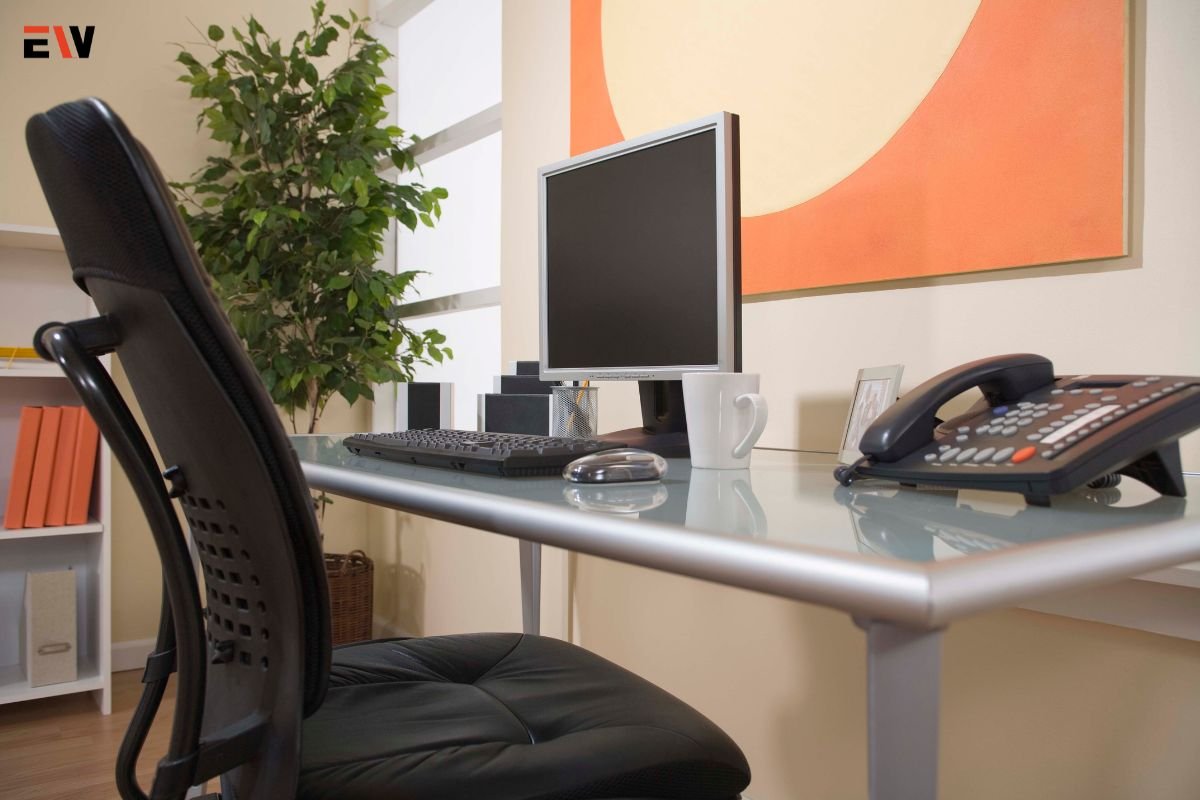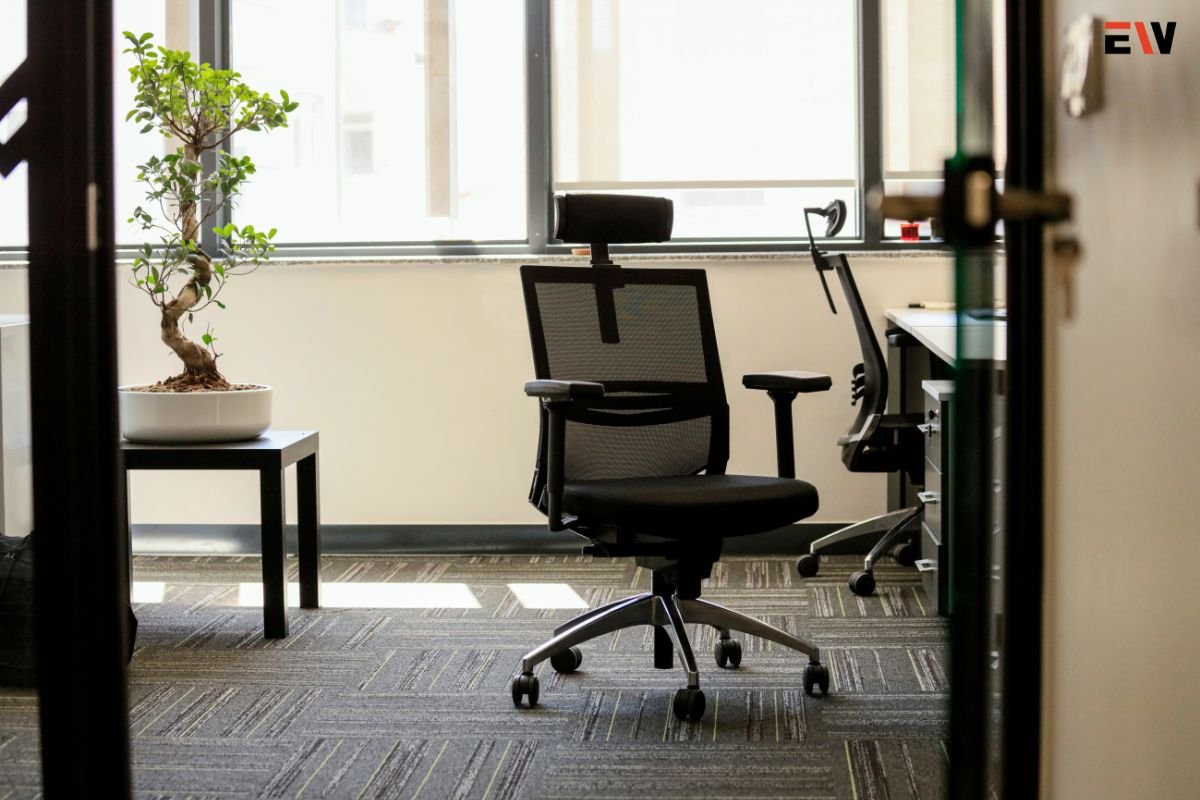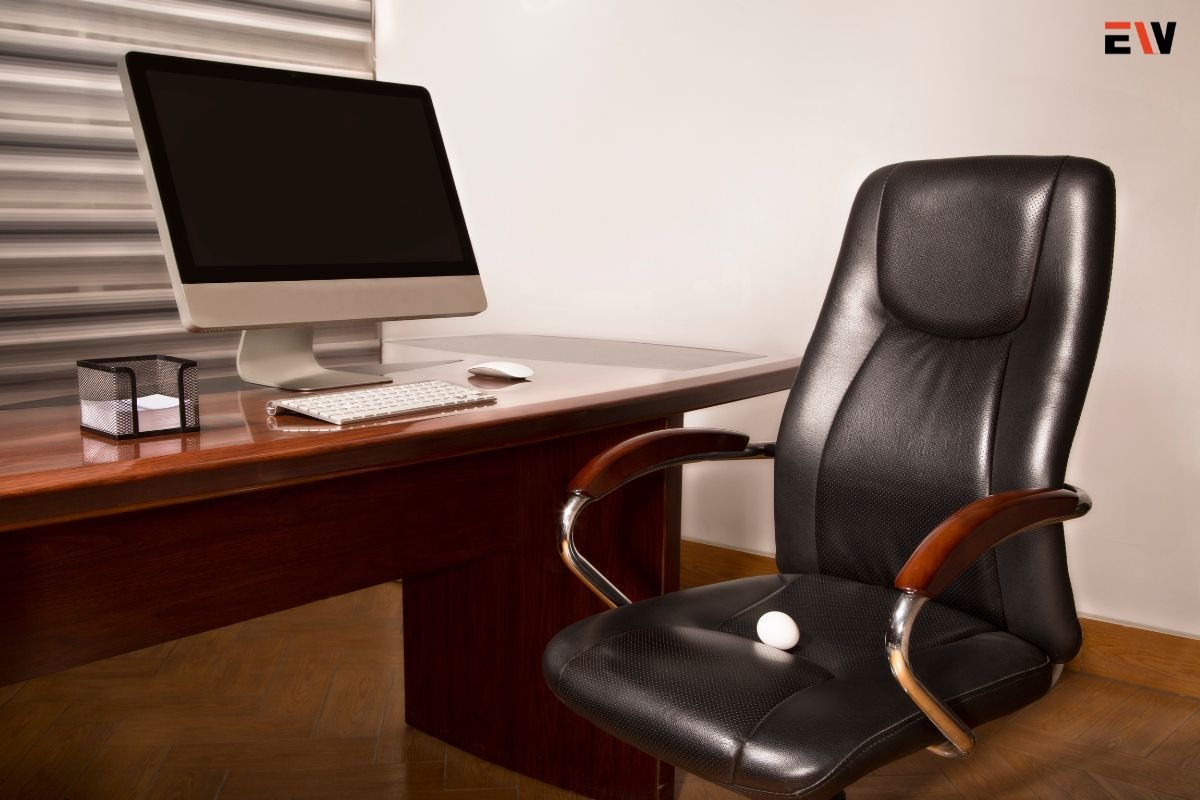Creating a comfortable and productive workspace begins with selecting the right desk and office chairs. These essential pieces of furniture not only provide support during long hours of work but also contribute to the overall aesthetics and functionality of your office. In this guide, we’ll explore the key factors to consider when choosing desks and office chairs, helping you create a workspace that promotes comfort, productivity, and style.
Choosing the Ideal Desk and Office Chairs
A desk serves as the centerpiece of any office or workspace, providing a functional surface for work activities and organization. Here are some essential considerations when selecting the perfect desk:
1. Size and Space

Measure the available space in your office to determine the ideal desk size. Consider the dimensions of the room, as well as the layout and placement of other furniture items. Choose a desk size that fits comfortably within the space without overcrowding or obstructing movement.
2. Functionality
Think about how you’ll be using the desk and what features are essential for your workflow. Do you need ample storage space for documents and supplies? Would a built-in cable management system help keep your workspace tidy? Consider desks with drawers, shelves, or integrated storage solutions to maximize functionality.
3. Material and Style
Desks come in a variety of materials and styles, ranging from traditional wood desks to modern metal and glass designs. Choose a desk material and style that complements the overall aesthetic of your office and reflects your taste. Consider factors such as durability, maintenance requirements, and ease of cleaning when selecting the material.
4. Ergonomics
Pay attention to the ergonomics of the desk, ensuring that it provides a comfortable and supportive workspace. Look for desks with adjustable height options to accommodate different users and promote proper posture. A well-designed desk can help prevent strain and fatigue during long hours of work.
Selecting the Perfect Desk and Office Chairs
An ergonomic office chair is essential for maintaining comfort and productivity during extended periods of sitting. Here’s what to look for when choosing the perfect office chair:
1. Comfort and Support
Choose an office chair that provides adequate cushioning and support for your back, hips, and thighs. Look for chairs with adjustable lumbar support, padded armrests, and contoured seat cushions to ensure maximum comfort during long hours of sitting.
2. Adjustability
Opt for an office chair with multiple adjustable features, including seat height, tilt tension, and armrest height. Adjustable chairs allow you to customize the settings to fit your body size, posture, and preferences, promoting optimal comfort and support throughout the day.
3. Breathable Fabric

Consider office chairs with breathable fabric upholstery that allows for air circulation and helps regulate body temperature. Breathable materials can prevent overheating and discomfort, especially during warmer months or in environments with limited airflow.
4. Durability and Stability
Invest in a high-quality office chair made from durable materials and constructed with sturdy frames and bases. Chairs with a five-point base and smooth-rolling casters provide stability and mobility, allowing you to move freely around your workspace without the risk of tipping over.
5. Aesthetic Appeal
While comfort and functionality are paramount, don’t overlook the aesthetic appeal of the office chair. Choose a chair that complements the design and decor of your office, whether you prefer classic leather upholstery, sleek modern designs, or vibrant colors to add personality to your workspace.
Maintaining a Healthy Work Environment
In addition to selecting the right desk and office chairs, it’s essential to maintain a healthy work environment to promote productivity and well-being. Here are some tips for creating a healthy workspace:
1. Take Regular Breaks
Incorporate short breaks into your work routine to stretch, move around, and rest your eyes. Prolonged periods of sitting can lead to stiffness, fatigue, and decreased productivity, so make an effort to take regular breaks throughout the day.
2. Practice Proper Posture
Maintain good posture while sitting at your desk by keeping your back straight, shoulders relaxed, and feet flat on the floor. Adjust your chair and desk height to ensure that your elbows are at a 90-degree angle and your eyes are level with the top of your monitor.
3. Stay Hydrated and Nourished

Keep a water bottle and healthy snacks nearby to stay hydrated and nourished throughout the day. Proper hydration and nutrition are essential for maintaining energy levels, focus, and overall well-being during long hours of work.
4. Invest in Ergonomic Accessories
Consider investing in ergonomic accessories such as keyboard trays, monitor stands, and footrests to enhance comfort and support while working at your desk. These accessories can help alleviate strain on your wrists, neck, and lower back, reducing the risk of discomfort and injury.
Conclusion
Choosing the perfect desk and office chairs is essential for creating a comfortable, productive, and aesthetically pleasing workspace. By considering factors such as size, functionality, ergonomics, and style, you can select furniture pieces that meet your needs and preferences while promoting health, comfort, and efficiency. Remember to maintain a healthy work environment by practicing proper posture, taking regular breaks, and investing in ergonomic accessories to support your well-being during long hours of work. With the right desk and office chair, you can create a workspace that inspires creativity, fosters productivity, and enhances your overall quality of life.










